Haircut Types & Fade Areas Guide
Understanding the art of modern men's haircuts
Introduction
The modern man's haircut has evolved into an art form, with barbers creating precise gradients and transitions that complement different face shapes and personal styles. At the center of these stylish cuts is the fade—a technique where hair gradually transitions from longer to shorter, creating a "faded" effect.
Understanding where different fades occur on the head is essential for communicating clearly with your barber and achieving your desired look.
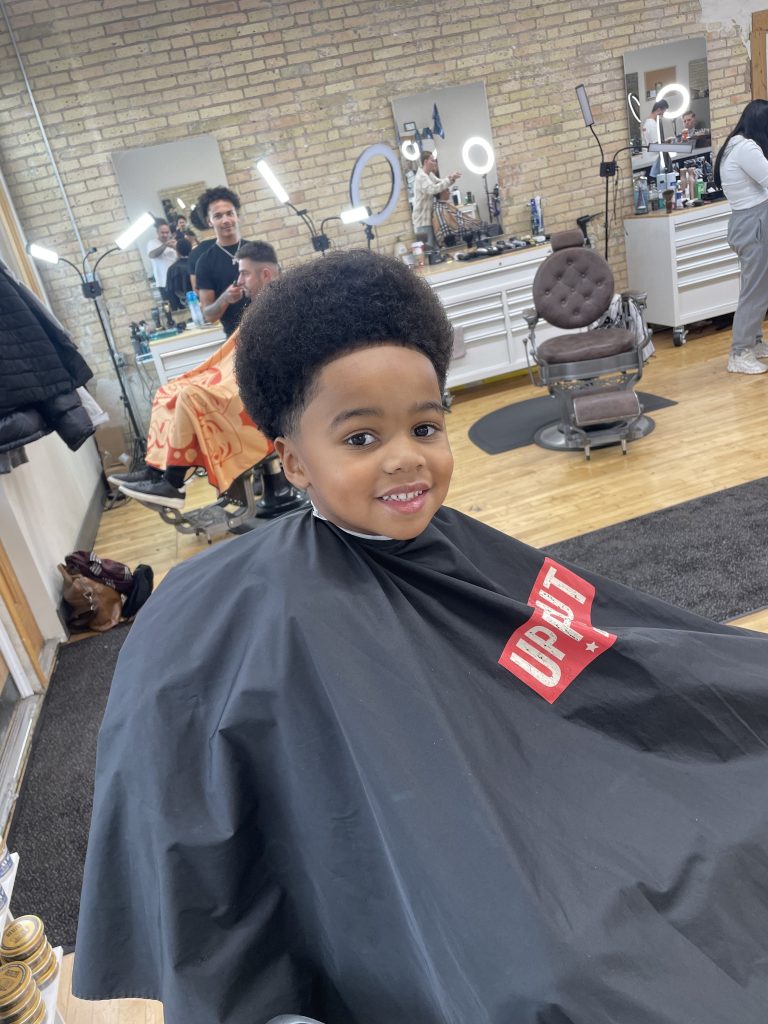
What Is a Fade?
A fade is a hairstyle technique where hair gradually changes from one length to another, typically from longer hair on top to shorter hair on the sides and back. The positioning, starting point, and intensity of this transition define the different types of fades available.

Classic Fade Types & Their Locations
Understanding the different fade positions helps you communicate effectively with your barber
Taper Fade
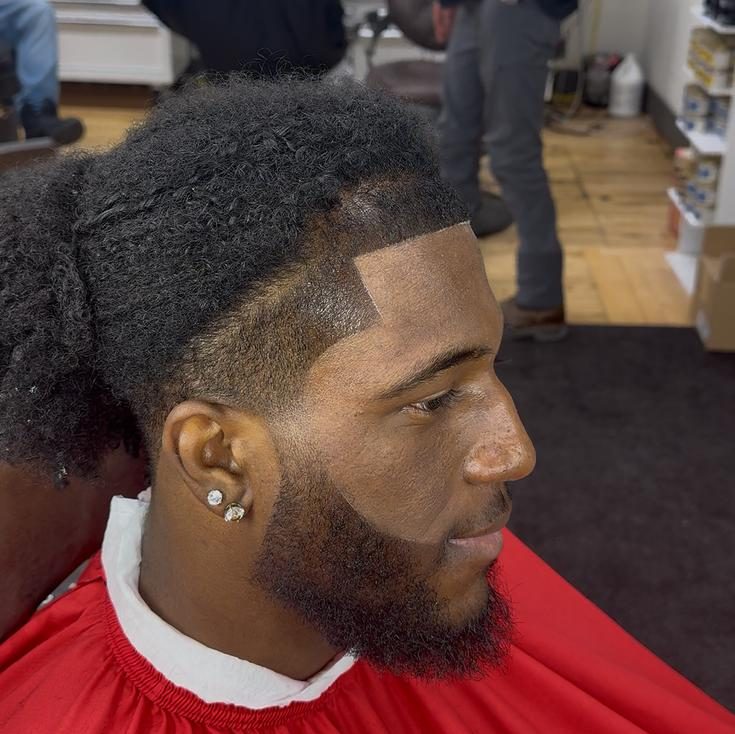
Location:
The taper fade begins at the temples and above the ears, continuing around the nape of the neck. It maintains some length throughout, never exposing the skin completely.
Characteristics:
- Gradual transition from longer to shorter
- Conservatively short at the bottom (but not skin-level)
- Creates a clean, professional look while maintaining some hair volume on the sides
- Perfect for professional environments or those new to fades
Brush Fade
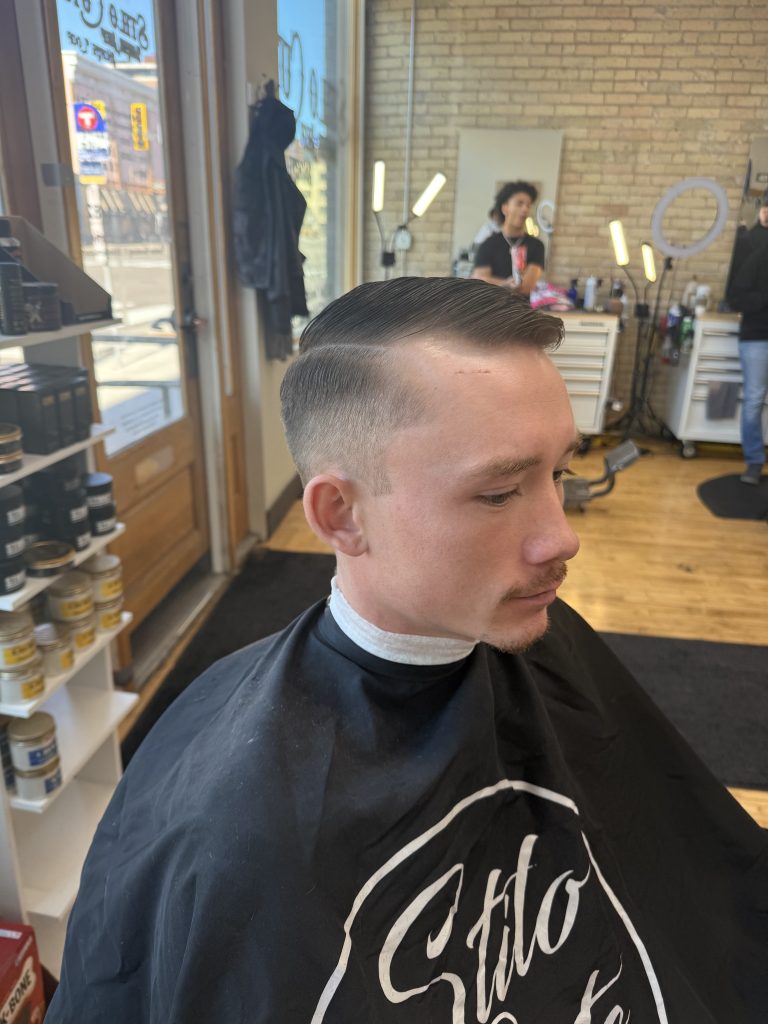
Location:
A brush fade typically starts 1-2 inches above the ears and curves around the head. The top maintains enough length (usually 1-3 inches) to create wave patterns with brushing.
Characteristics:
- Combines fade technique with textured hair styling for wave patterns
- Top section kept long enough for 360 waves or other brush patterns
- Requires consistent brushing to maintain wave definition
- Works exceptionally well with coarse or curly hair textures
- Can incorporate line-ups for crisp edges
- Needs regular maintenance every 2-3 weeks
Mid Fade
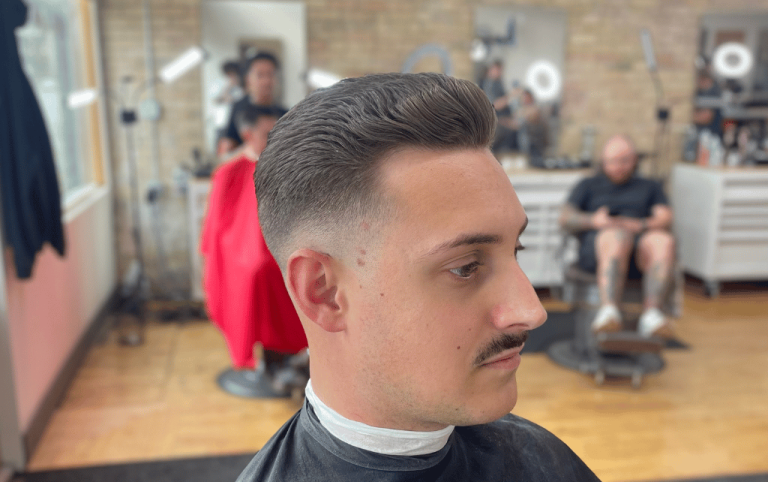
Location:
The mid fade starts at the mid-point between the top of the ear and the temple, usually around the middle of the sides of the head.
Characteristics:
- Balanced transition zone in the middle of the sides and back
- Creates stronger contrast than a low fade without being too dramatic
- Versatile option that suits most face shapes
- Popular for its balance between subtle and striking
High Fade

Location:
The high fade starts around the temples or higher, creating a dramatic contrast between the top and sides.
Characteristics:
- Bold transition that begins high on the sides
- Creates maximum contrast with the hair on top
- Modern, edgy look that draws attention
- Requires more frequent maintenance to keep sharp
Specialized Fade Variations
Beyond the classics, these specialized fades offer unique styling options
Skin Fade (Bald Fade)
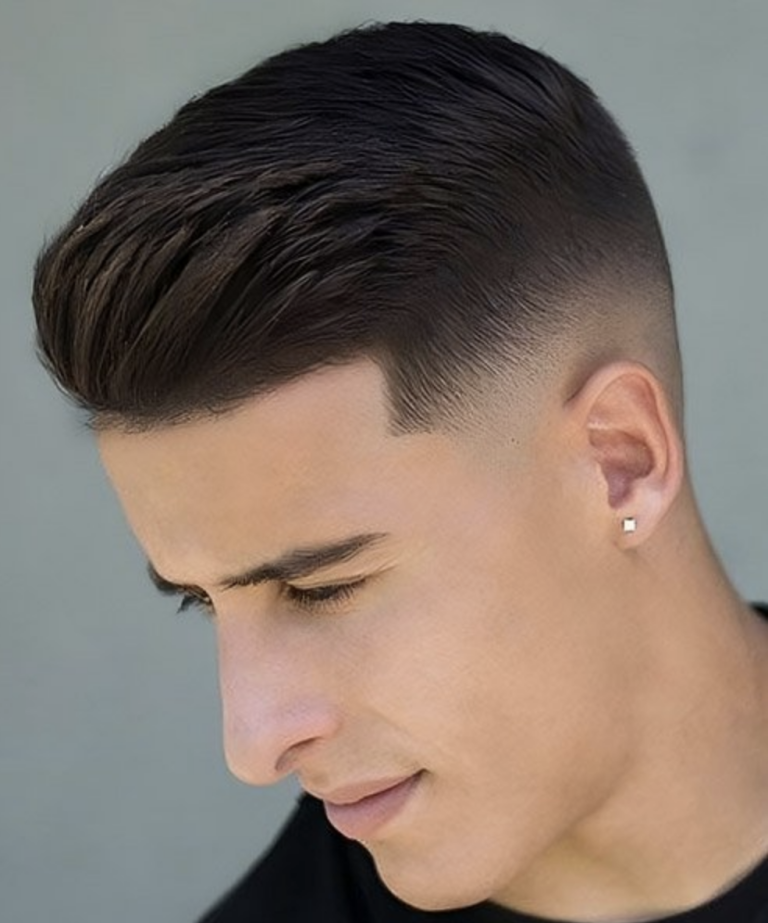
What Sets It Apart:
The skin fade takes any fade type (low, mid, or high) down to the skin, creating the most dramatic contrast possible.
Best For:
- Maximum definition and clean lines
- Hot weather and active lifestyles
- Creating bold, modern looks
- Showing off facial features and bone structure
Drop Fade
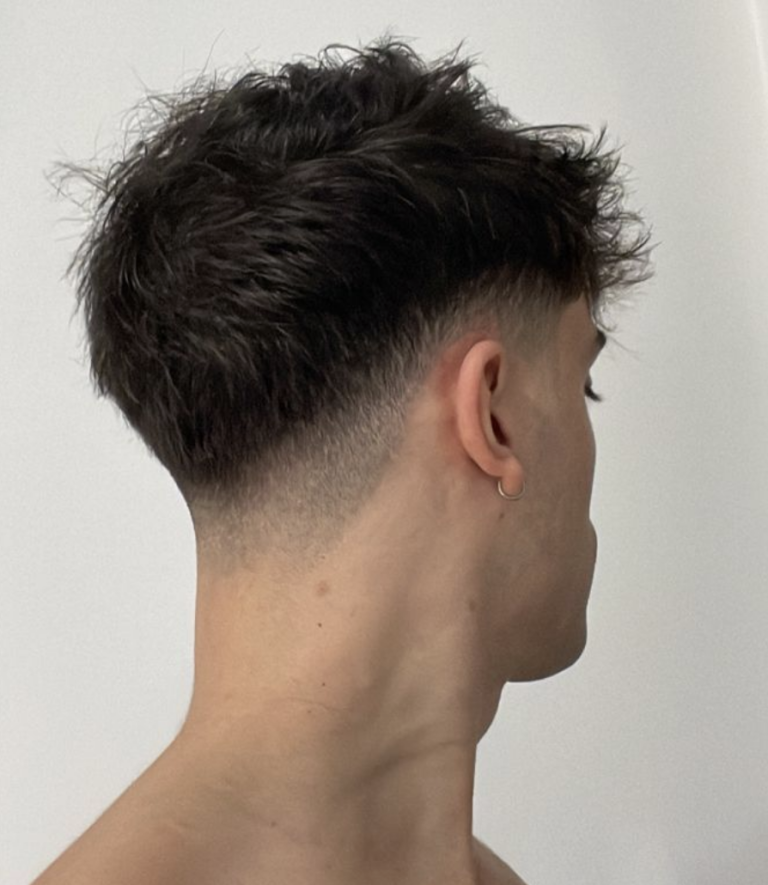
What Sets It Apart:
The drop fade "drops" behind the ear, creating a curved fade line that arcs downward toward the nape of the neck.
Best For:
- Adding visual interest and dimension
- Complementing longer styles on top
- Creating a more dynamic silhouette
- Those who want something more distinctive than standard fades
Temple Fade (Temp Fade)
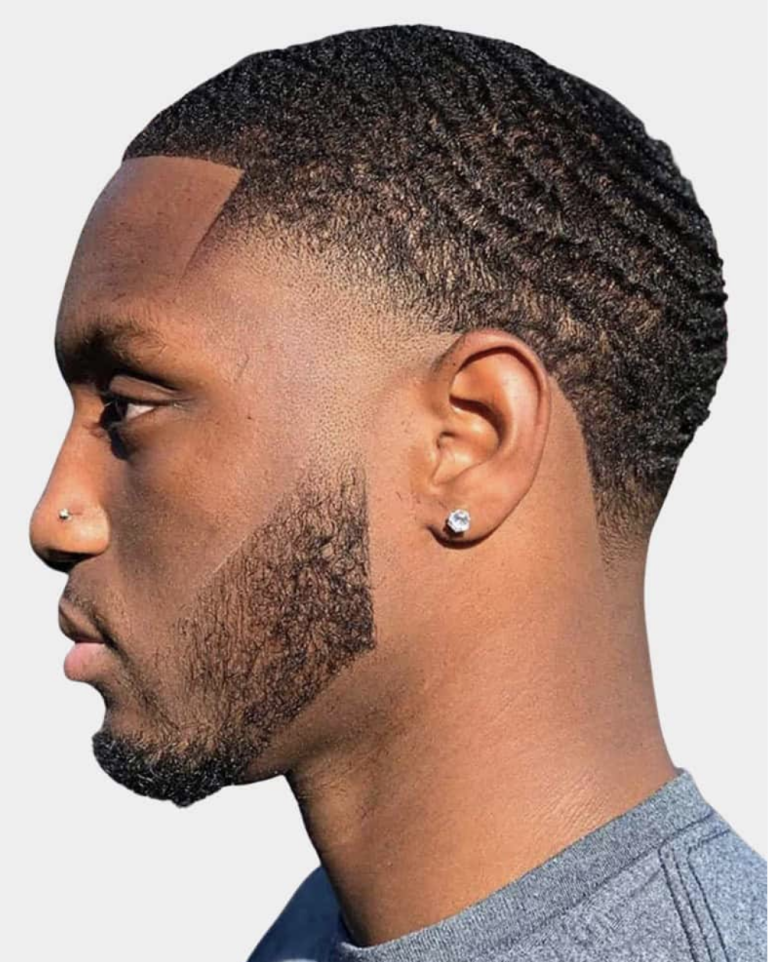
What Sets It Apart:
The temple fade focuses the fade effect around the temples and sideburns, often with crisp line-ups along the hairline.
Best For:
- Clean, sharp look that frames the face
- Works well with many hair types, especially textured hair
- Can be combined with any fade height (low, mid, high)
- Creates definition while maintaining length elsewhere
Burst Fade
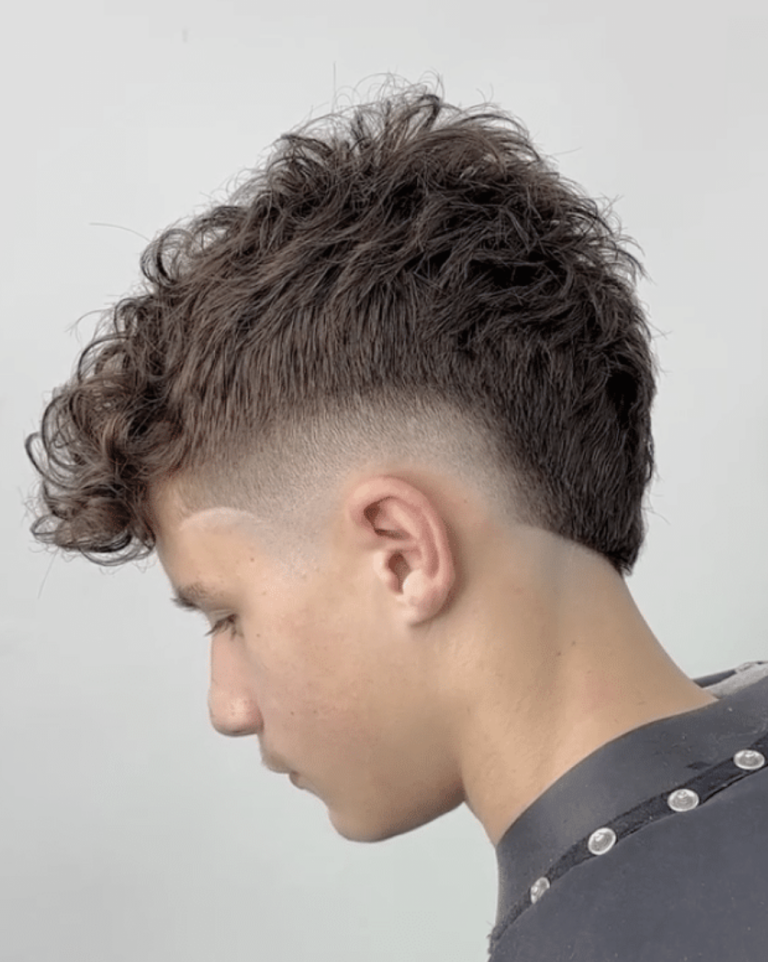
What Sets It Apart:
The burst fade creates a semi-circular or "sunburst" effect around the ear, with the fade radiating outward.
Best For:
- Creative styling with mohawks or faux hawks
- Modern takes on the mullet or longer back styles
- Distinctive look that stands out from standard fades
- Works well with both textured and straight hair
Choosing the Right Fade for You
Find the perfect fade based on your face shape, lifestyle, and personal style
Face Shape Considerations
- Round Faces: Higher fades add length and angles to soften roundness
- Square Faces: Low to mid fades complement strong jaw lines
- Oval Faces: Any fade type works well with this versatile shape
- Heart Faces: Low fades balance wider foreheads with narrower chins
- Diamond Faces: Mid fades help balance wider cheekbones
Lifestyle & Maintenance
- Low Maintenance: High fades or skin fades require more frequent touch-ups (1-2 weeks)
- Moderate Maintenance: Mid fades typically last 2-3 weeks before needing a refresh
- Lower Maintenance: Low fades and taper fades can last 3-4 weeks between cuts
- Professional Settings: Taper fades and low fades offer more conservative options
- Creative Settings: High fades, skin fades, and specialized variations offer more expression
Not Sure Which Fade Is Right for You?
Our professional barbers can assess your face shape, hair type, and personal style to recommend the perfect fade. Book a consultation today!